It's winter and I'm planning out next year's production already. I bought a house and some friends got me interested in gardening, and I followed the Square Foot Gardening approach - http://www.amazon.com/All-New-Square.../dp/1591862027
It's actually pretty easy and I got a lot of good results, and was fun.
I'll post a lot more progress and result pictures, but the basic setup is that simple. Make boxes, fill with Mel's mix, plant, water, harvest.






It's actually pretty easy and I got a lot of good results, and was fun.
1st: Pick The Location
Pick an area that gets 6-8 hours of sunshine daily.
Stay clear of trees and shrubs where roots and shade may interfere.
Have it close to the house for convenience.
Existing soil is not really important, since you won't be using it.
Area should not puddle after a heavy rain.
Read the Location FAQ's
2nd: Follow The Ten Basics
LAYOUT - Arrange your garden in squares, not rows. Lay it out in 4'x4' planting areas.
BOXES - Build boxes to hold a new soil mix above ground.
AISLES - Space boxes 3' apart to form walking aisles.
SOIL - Fill boxes with Mel's special soil mix: 1/3 blended compost, 1/3 peat moss, and 1/3 coarse vermiculite.
GRID - Make a permanent square foot grid for the top of each box. A MUST!
CARE - NEVER WALK ON YOUR GROWING SOIL. Tend your garden from the aisles.
SELECT - Plant a different flower, vegetable, or herb crop in each square foot, using 1, 4, 9, or 16 plants per square foot.
PLANT - Conserve seeds. Plant only a pinch (2 or 3 seeds) per hole. Place transplants in a slight saucer-shaped depression.
WATER - Water by hand from a bucket of sun-warmed water.
HARVEST - When you finish harvesting a square foot, add compost and replant it with a new and different crop.
3rd: Could it be easier than this?
Build A Box
Fill With Mel's Mix
Add A Grid
And start planting!
MORE DETAILS ABOUT THE 10 BASICS OF SFG:
LAYOUT:
Always think in squares: lay out 4 foot by 4 foot planting areas with wide walkways between them.
BOXES:
Build garden box frames no wider than 4 feet, and 6 to 8 inches deep.
AISLES:
If you plan to have more than one garden box, separate them by 2 or 3 feet to form walkways.
SOIL:
Fill frame with Mel's Mix, a mixture of 1/3 compost, 1/3 peat moss, and 1/3 coarse vermiculite (no dirt needed). A blended compost made from many ingredients provides all the nutrients the plants require (no chemical fertilizers needed). Peat moss and vermiculite help hold moisture and keep the soil loose. It's best to make your own compost from many ingredients but if you have to buy it, make sure it is truly compost. Some stores sell mulch or humus and other ground covers but call it compost. Most commercial compost is made from one or two ingredients so to be safe, don't buy all of one kind but one of each kind until you have enough for your garden. It's really best to make your own compost, then you know what goes in it. When buying vermiculite, be sure to get the coarse grade, and get the more economical 4 cubic foot size bags. If placing frames over grass you can dig out the grass or cover it with cardboard or landscape cloth to discourage grass and weeds from coming up through your new garden soil.
GRID:
On top of each frame place a permanent grid that divides the box into one foot squares. The grid is the unique feature that makes the whole system work so well. To show you why the grid is so important, do this little demonstration: Look at your 4 foot by 4 foot box with the grid on and imagine up to 16 different crops. What you see before you is a neat and attractive, well organized garden, that will be easy to manage. Now remove the grid. Could you organize and manage this space without dividing it up into squares? Besides, without the grid you will be tempted to plant in rows, which is a poor use of space. Grids can be made from nearly any material; wood, plastic strips, old venetian blinds, etc. Use screws or rivets to attach them where they cross. On a 4 foot by 4 foot frame, the grid divides the frame into 16 easy-to-manage spaces, for up to 16 different crops. Leave the grid in place all season. The grid can be cut long enough to fit across the top of the box or cut shorter to lay on the soil inside the box.
CARE:
Since you will NEVER walk on or depress the growing soil, don't make the frames any wider than 4 feet (2 feet, if only one side is accessible). Any wider makes it too difficult to reach in to tend the plants.
SELECT:
Depending on the mature size of the plant, grow 1, 4, 9, or 16 equally spaced plants per square foot. If the seed packet recommends plant spacing be 12 inches apart, plant one plant per square foot. If 6 inch spacing; 4 per square foot. If 4 inch spacing; 9 per square foot. If 3 inch spacing; 16 per square foot.
PLANT:
Plant one or two seeds in each spot by making a shallow hole with your finger. Cover, but do not pack the soil. Thinning is all but eliminated. Seeds are not wasted. Extra seeds can be stored cool and dry in your refrigerator. Don't over-plant. Plant only as much of any one crop as you will use. This 4 foot by 4 foot box will grow more than a conventional garden that is 8 foot by 10 foot.
WATER:
Water only as much as each plant needs. Water often, especially at first, and on very hot dry days, If possible, water by hand ( uses a lot less water )with a cup from a sun-warmed bucket of water. Warm water helps the soil warm up in early and late season.
HARVEST:
Harvest continually and when a crop in one square is gone, add some new compost and plant a new different crop in that square.
Pick an area that gets 6-8 hours of sunshine daily.
Stay clear of trees and shrubs where roots and shade may interfere.
Have it close to the house for convenience.
Existing soil is not really important, since you won't be using it.
Area should not puddle after a heavy rain.
Read the Location FAQ's
2nd: Follow The Ten Basics
LAYOUT - Arrange your garden in squares, not rows. Lay it out in 4'x4' planting areas.
BOXES - Build boxes to hold a new soil mix above ground.
AISLES - Space boxes 3' apart to form walking aisles.
SOIL - Fill boxes with Mel's special soil mix: 1/3 blended compost, 1/3 peat moss, and 1/3 coarse vermiculite.
GRID - Make a permanent square foot grid for the top of each box. A MUST!
CARE - NEVER WALK ON YOUR GROWING SOIL. Tend your garden from the aisles.
SELECT - Plant a different flower, vegetable, or herb crop in each square foot, using 1, 4, 9, or 16 plants per square foot.
PLANT - Conserve seeds. Plant only a pinch (2 or 3 seeds) per hole. Place transplants in a slight saucer-shaped depression.
WATER - Water by hand from a bucket of sun-warmed water.
HARVEST - When you finish harvesting a square foot, add compost and replant it with a new and different crop.
3rd: Could it be easier than this?
Build A Box
Fill With Mel's Mix
Add A Grid
And start planting!
MORE DETAILS ABOUT THE 10 BASICS OF SFG:
LAYOUT:
Always think in squares: lay out 4 foot by 4 foot planting areas with wide walkways between them.
BOXES:
Build garden box frames no wider than 4 feet, and 6 to 8 inches deep.
AISLES:
If you plan to have more than one garden box, separate them by 2 or 3 feet to form walkways.
SOIL:
Fill frame with Mel's Mix, a mixture of 1/3 compost, 1/3 peat moss, and 1/3 coarse vermiculite (no dirt needed). A blended compost made from many ingredients provides all the nutrients the plants require (no chemical fertilizers needed). Peat moss and vermiculite help hold moisture and keep the soil loose. It's best to make your own compost from many ingredients but if you have to buy it, make sure it is truly compost. Some stores sell mulch or humus and other ground covers but call it compost. Most commercial compost is made from one or two ingredients so to be safe, don't buy all of one kind but one of each kind until you have enough for your garden. It's really best to make your own compost, then you know what goes in it. When buying vermiculite, be sure to get the coarse grade, and get the more economical 4 cubic foot size bags. If placing frames over grass you can dig out the grass or cover it with cardboard or landscape cloth to discourage grass and weeds from coming up through your new garden soil.
GRID:
On top of each frame place a permanent grid that divides the box into one foot squares. The grid is the unique feature that makes the whole system work so well. To show you why the grid is so important, do this little demonstration: Look at your 4 foot by 4 foot box with the grid on and imagine up to 16 different crops. What you see before you is a neat and attractive, well organized garden, that will be easy to manage. Now remove the grid. Could you organize and manage this space without dividing it up into squares? Besides, without the grid you will be tempted to plant in rows, which is a poor use of space. Grids can be made from nearly any material; wood, plastic strips, old venetian blinds, etc. Use screws or rivets to attach them where they cross. On a 4 foot by 4 foot frame, the grid divides the frame into 16 easy-to-manage spaces, for up to 16 different crops. Leave the grid in place all season. The grid can be cut long enough to fit across the top of the box or cut shorter to lay on the soil inside the box.
CARE:
Since you will NEVER walk on or depress the growing soil, don't make the frames any wider than 4 feet (2 feet, if only one side is accessible). Any wider makes it too difficult to reach in to tend the plants.
SELECT:
Depending on the mature size of the plant, grow 1, 4, 9, or 16 equally spaced plants per square foot. If the seed packet recommends plant spacing be 12 inches apart, plant one plant per square foot. If 6 inch spacing; 4 per square foot. If 4 inch spacing; 9 per square foot. If 3 inch spacing; 16 per square foot.
PLANT:
Plant one or two seeds in each spot by making a shallow hole with your finger. Cover, but do not pack the soil. Thinning is all but eliminated. Seeds are not wasted. Extra seeds can be stored cool and dry in your refrigerator. Don't over-plant. Plant only as much of any one crop as you will use. This 4 foot by 4 foot box will grow more than a conventional garden that is 8 foot by 10 foot.
WATER:
Water only as much as each plant needs. Water often, especially at first, and on very hot dry days, If possible, water by hand ( uses a lot less water )with a cup from a sun-warmed bucket of water. Warm water helps the soil warm up in early and late season.
HARVEST:
Harvest continually and when a crop in one square is gone, add some new compost and plant a new different crop in that square.









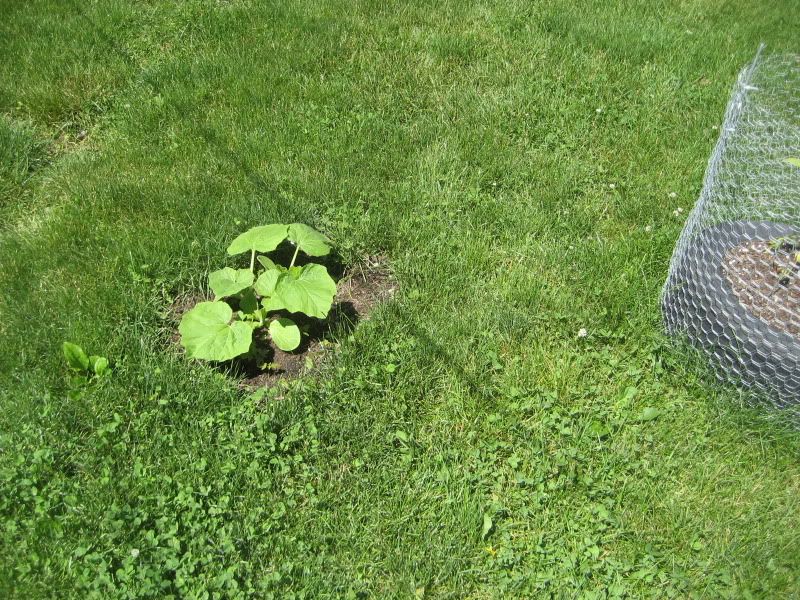
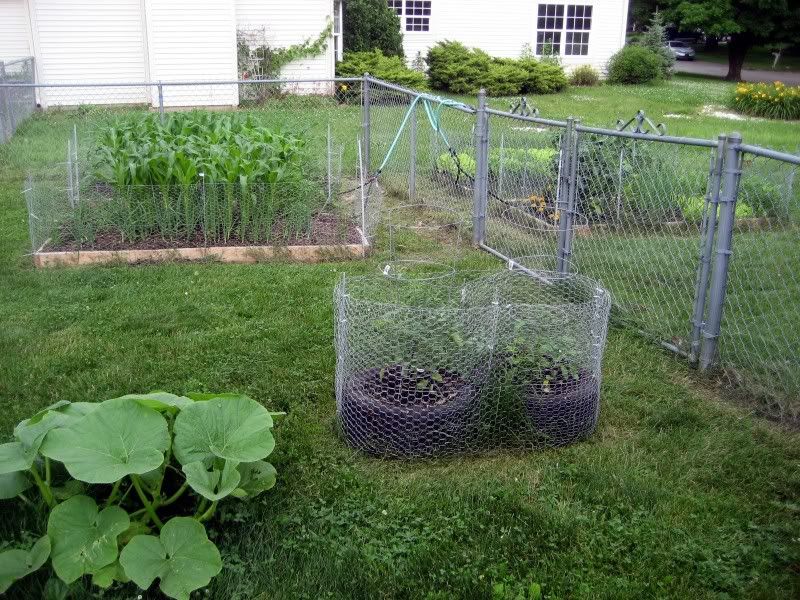
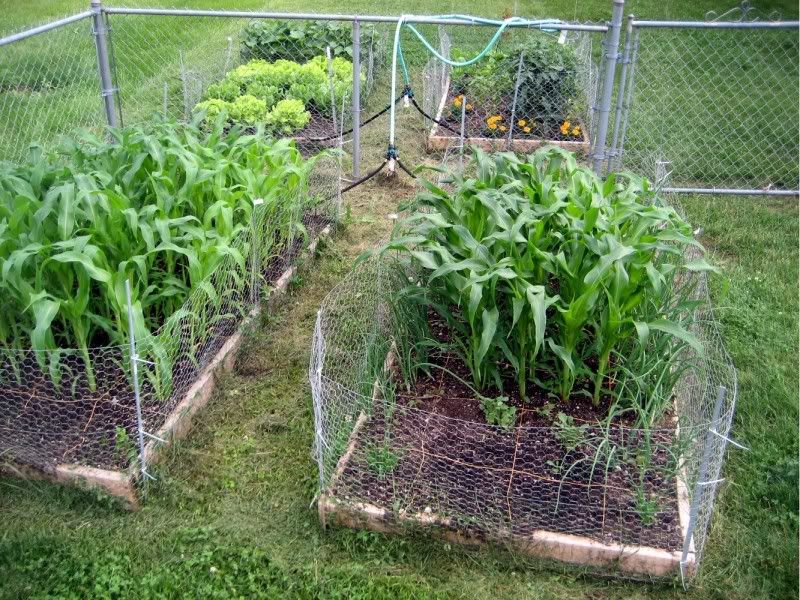
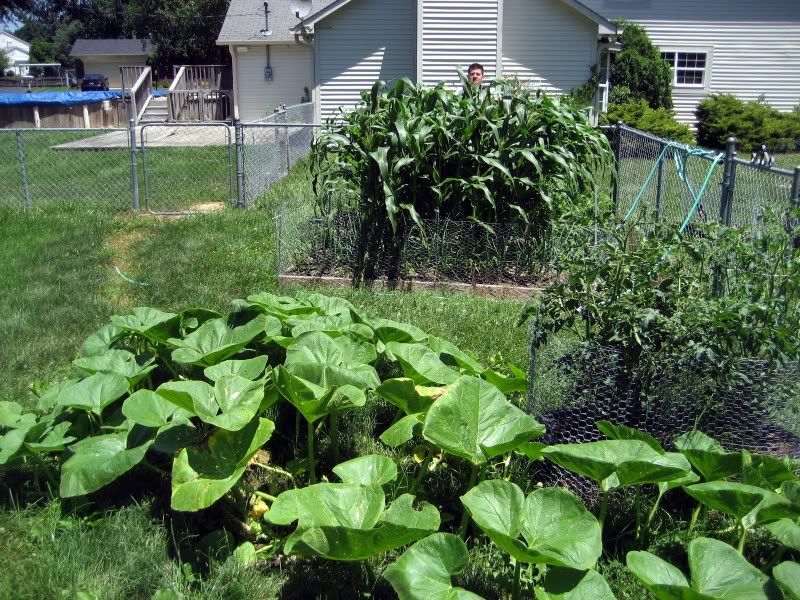
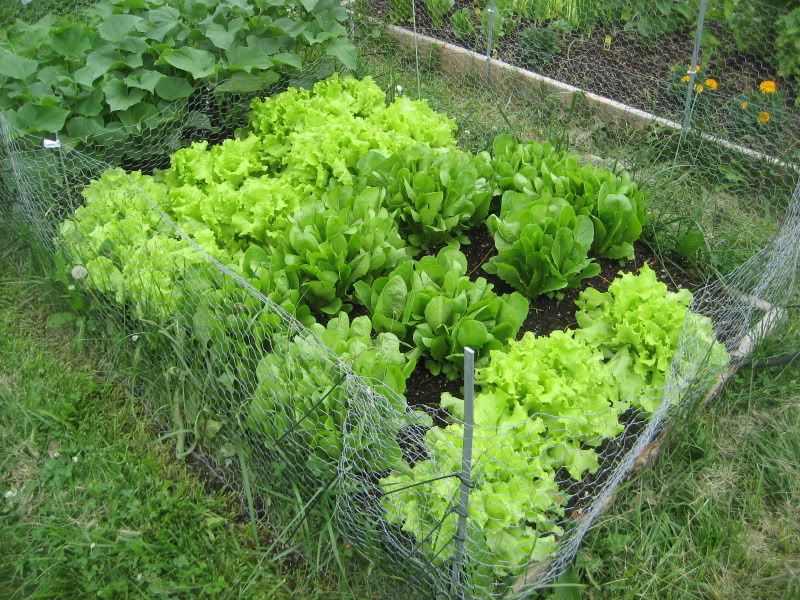
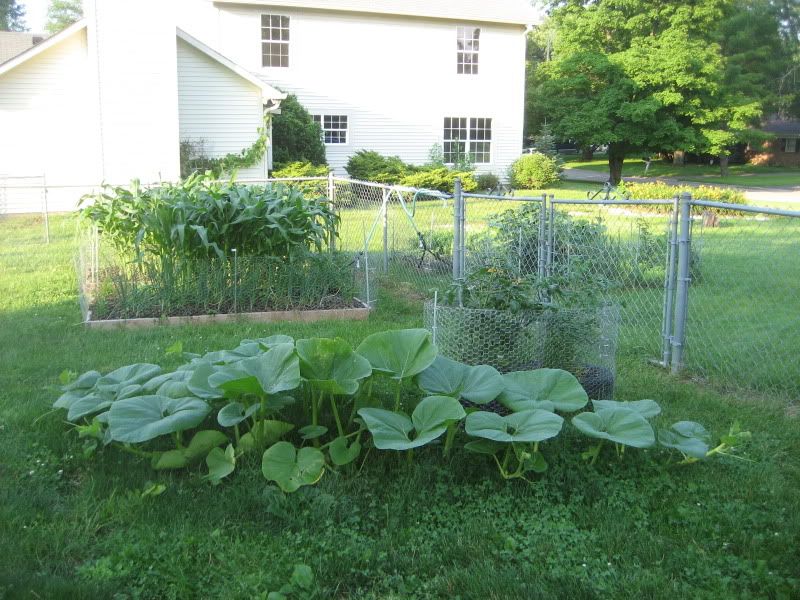
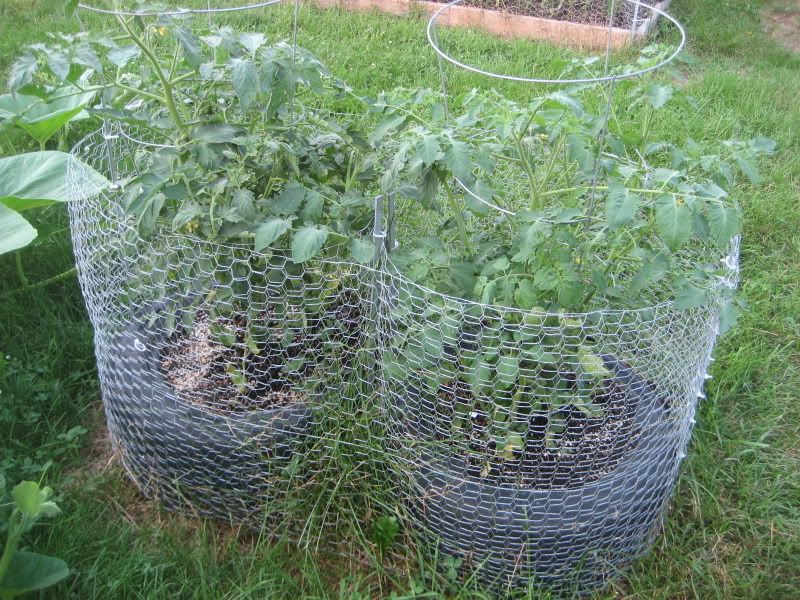
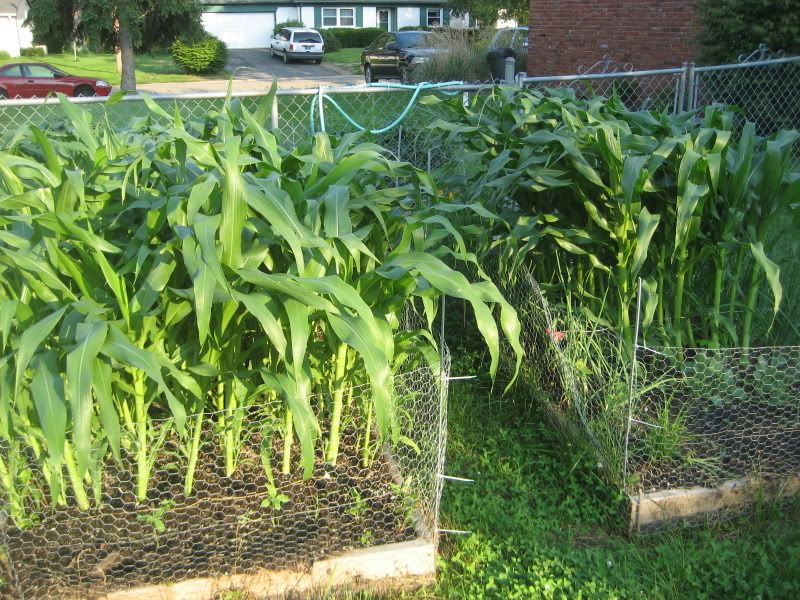
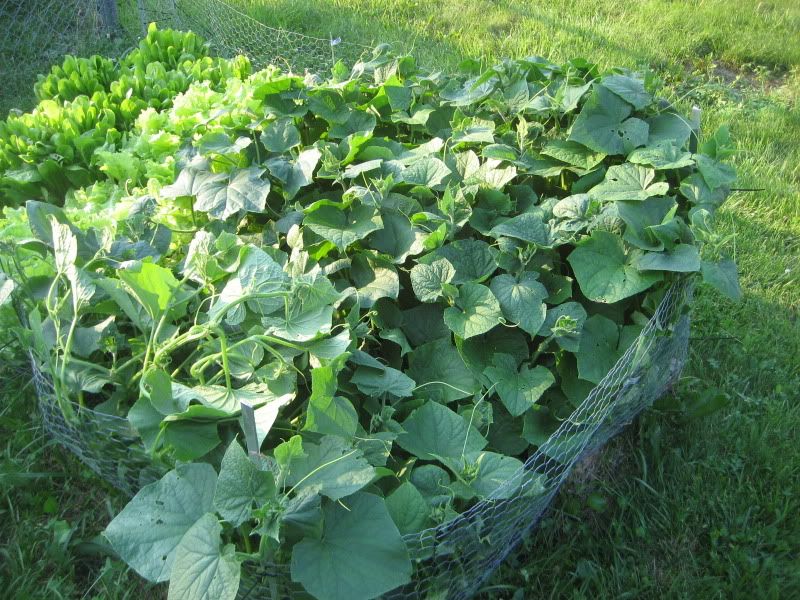
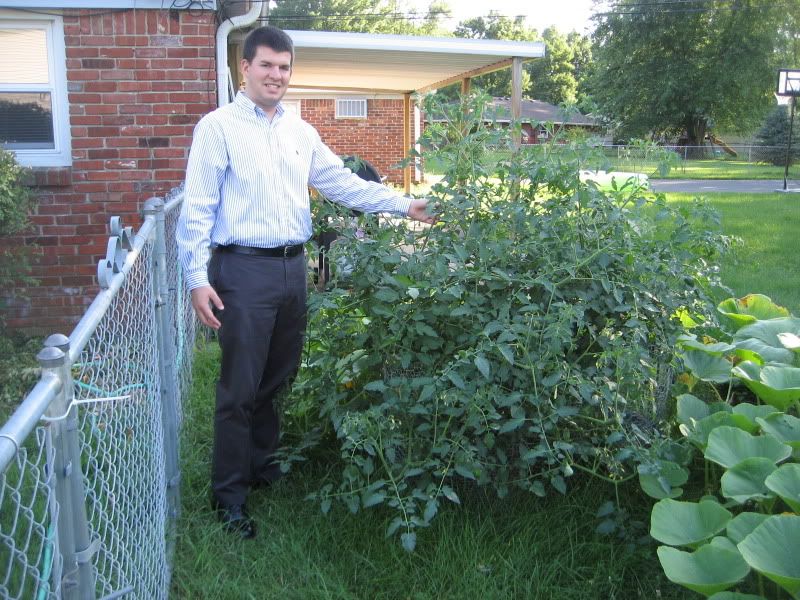
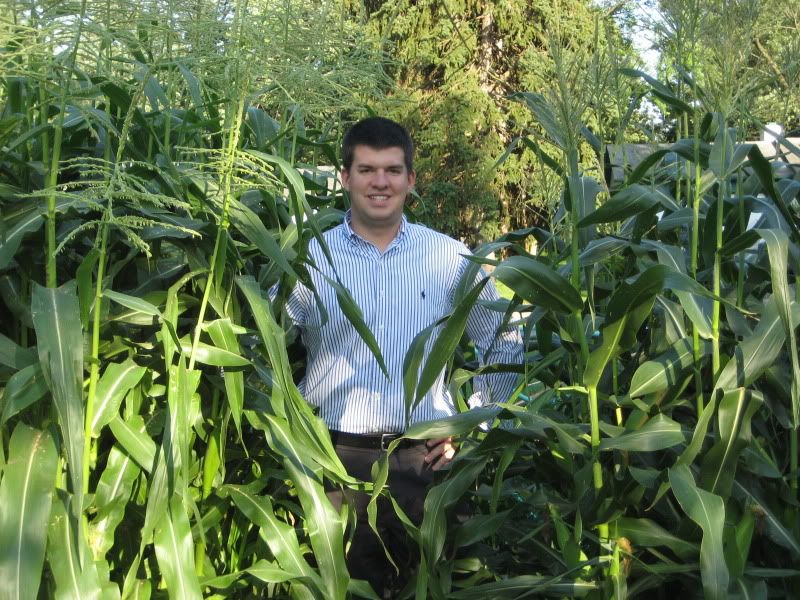

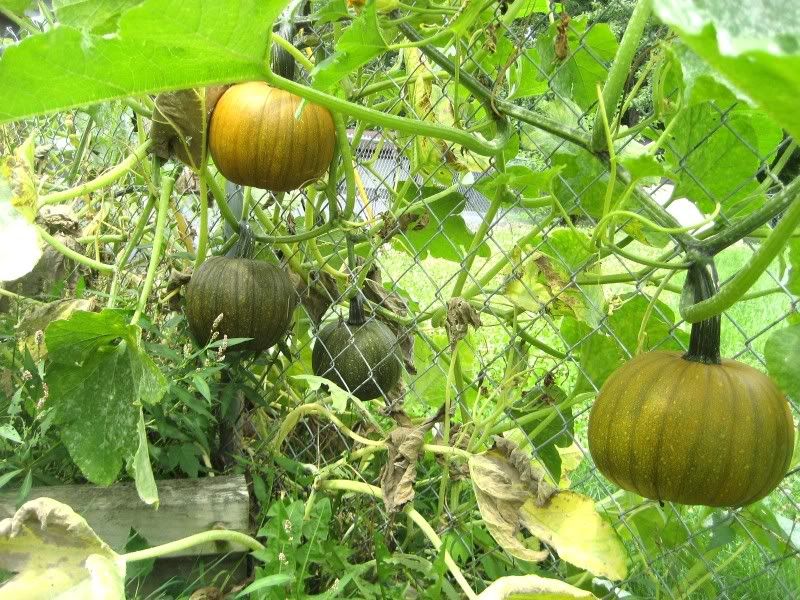

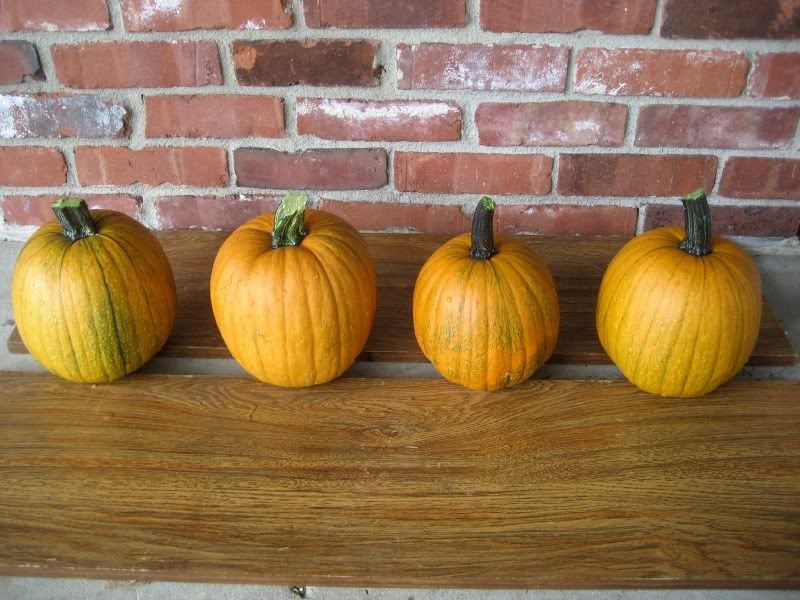
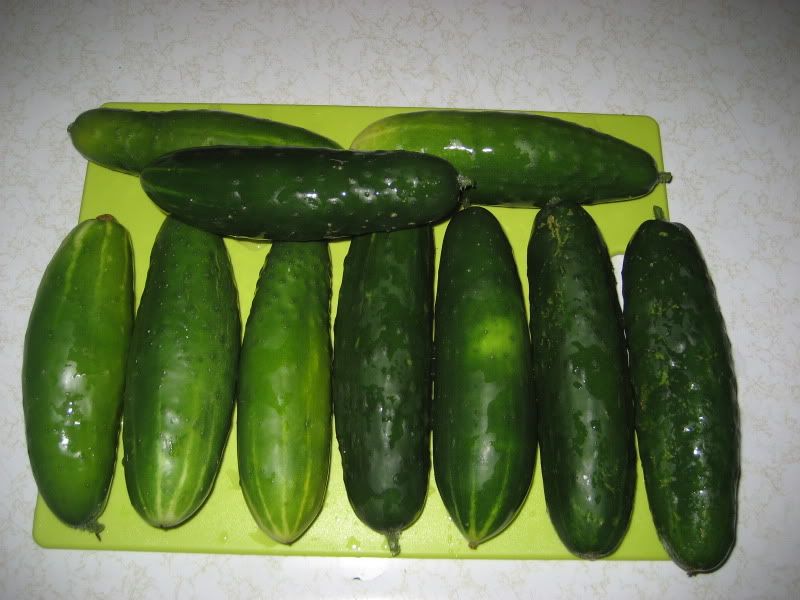
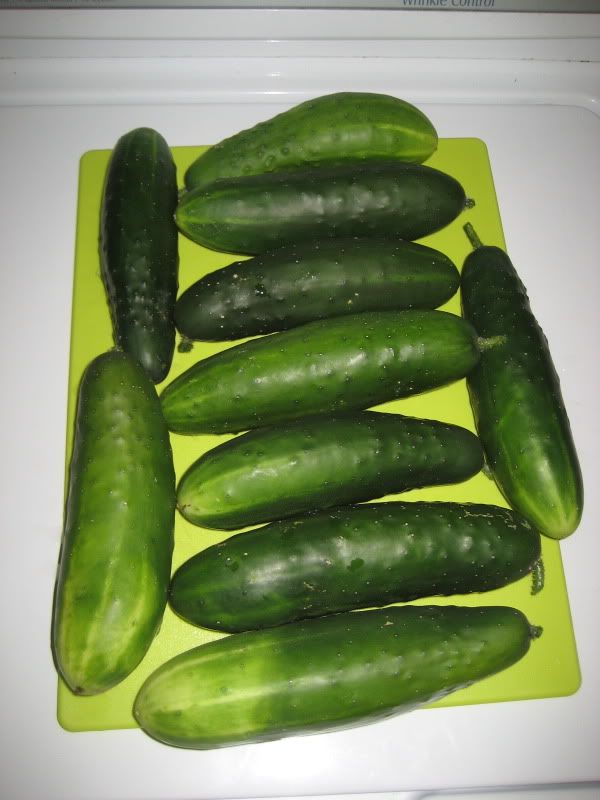
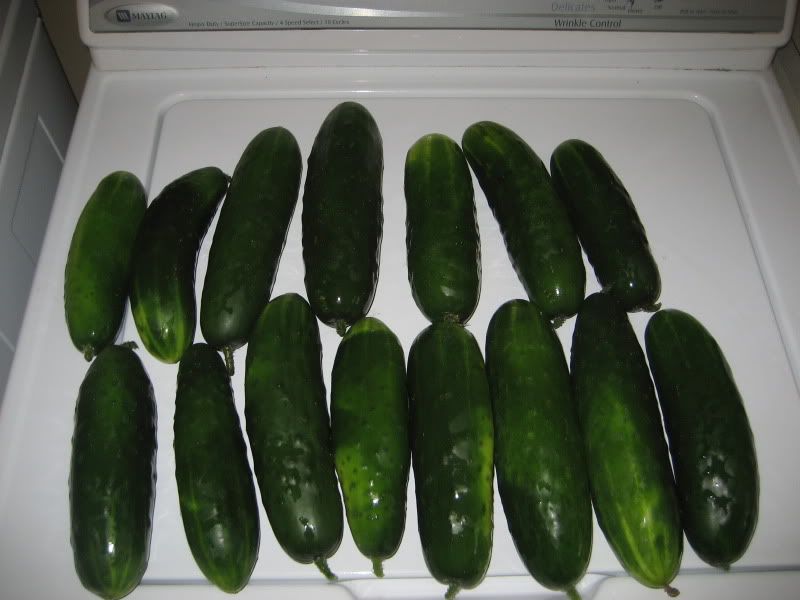
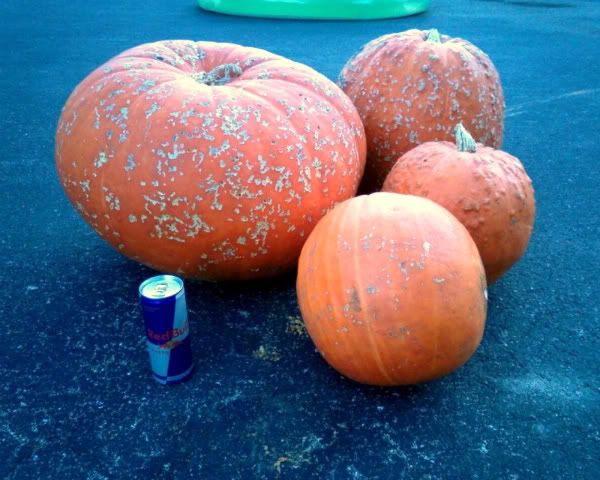

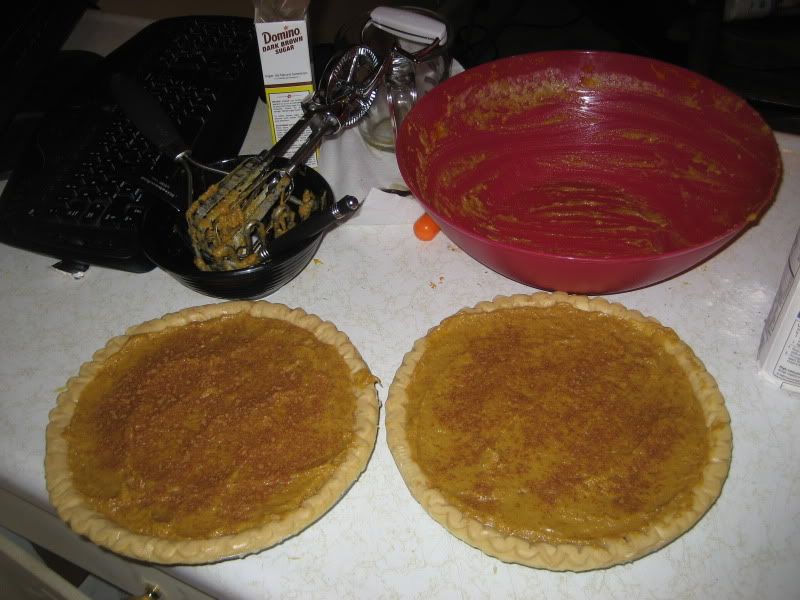

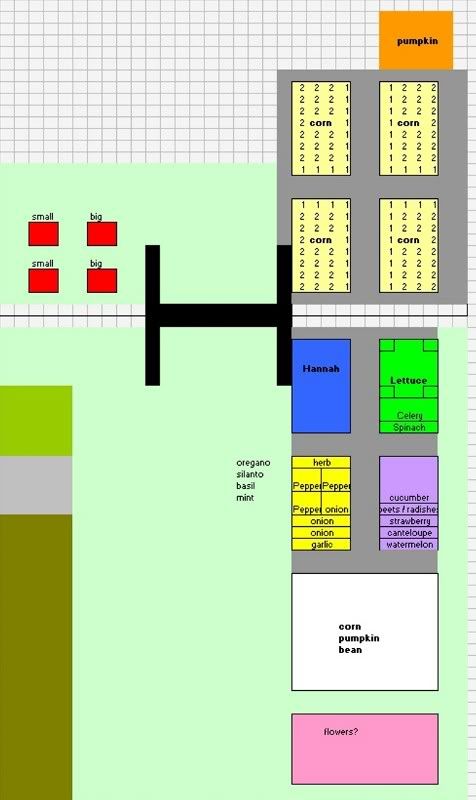



Comment